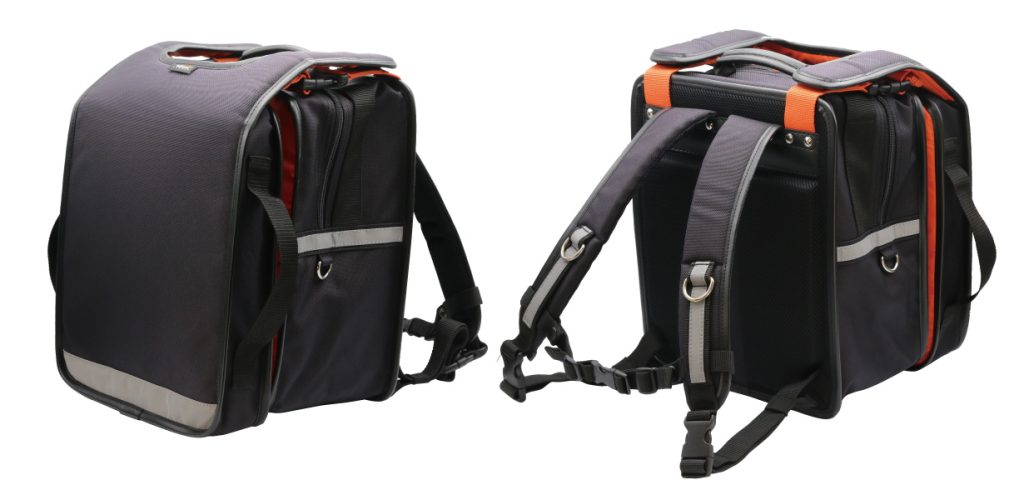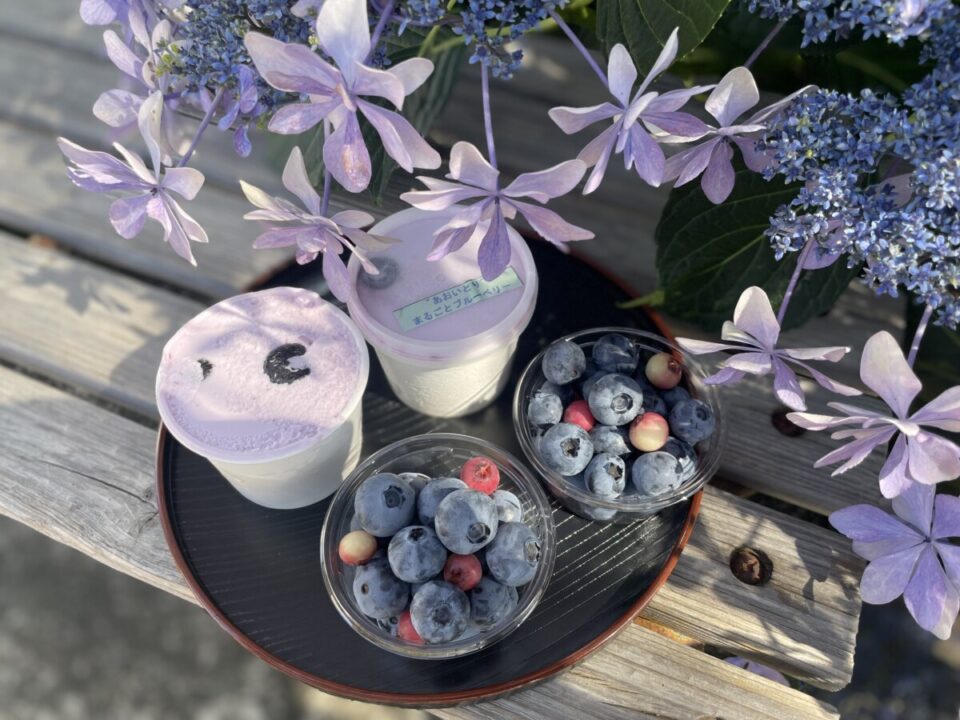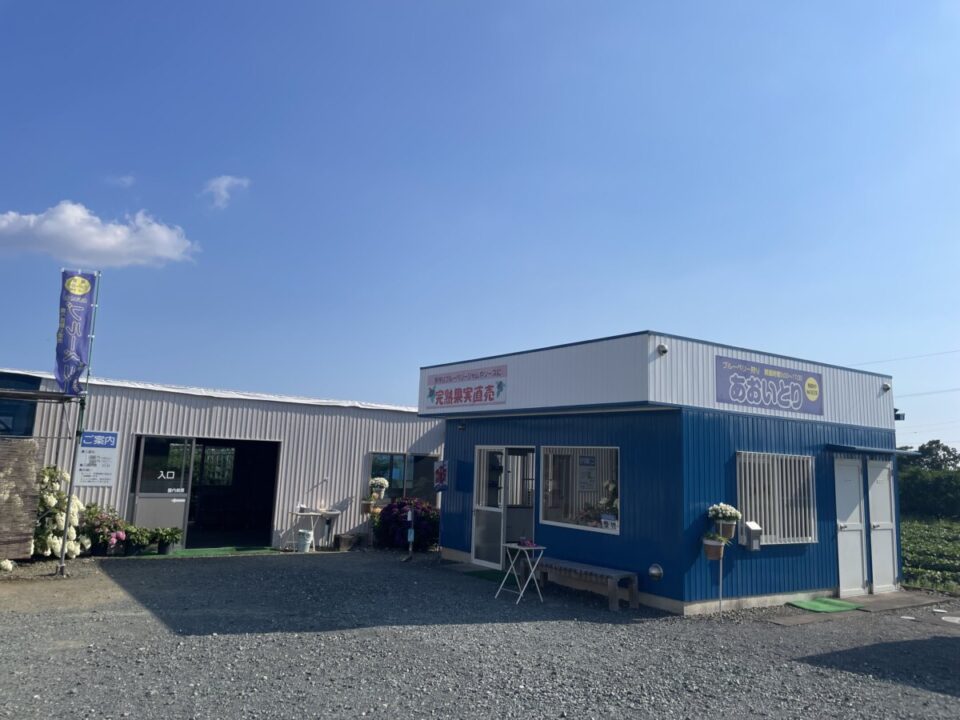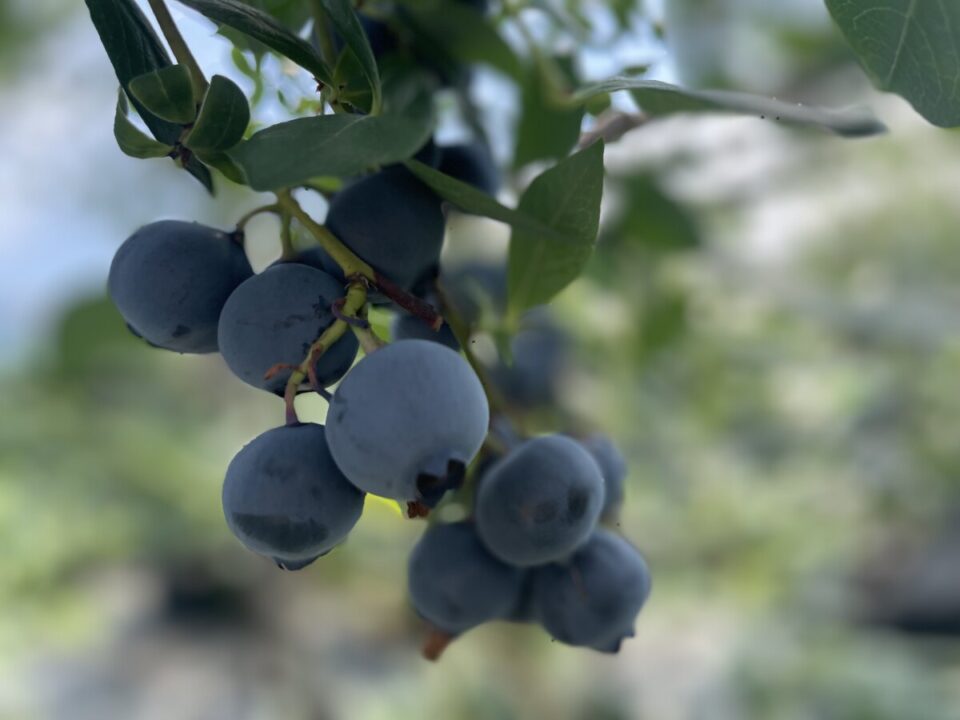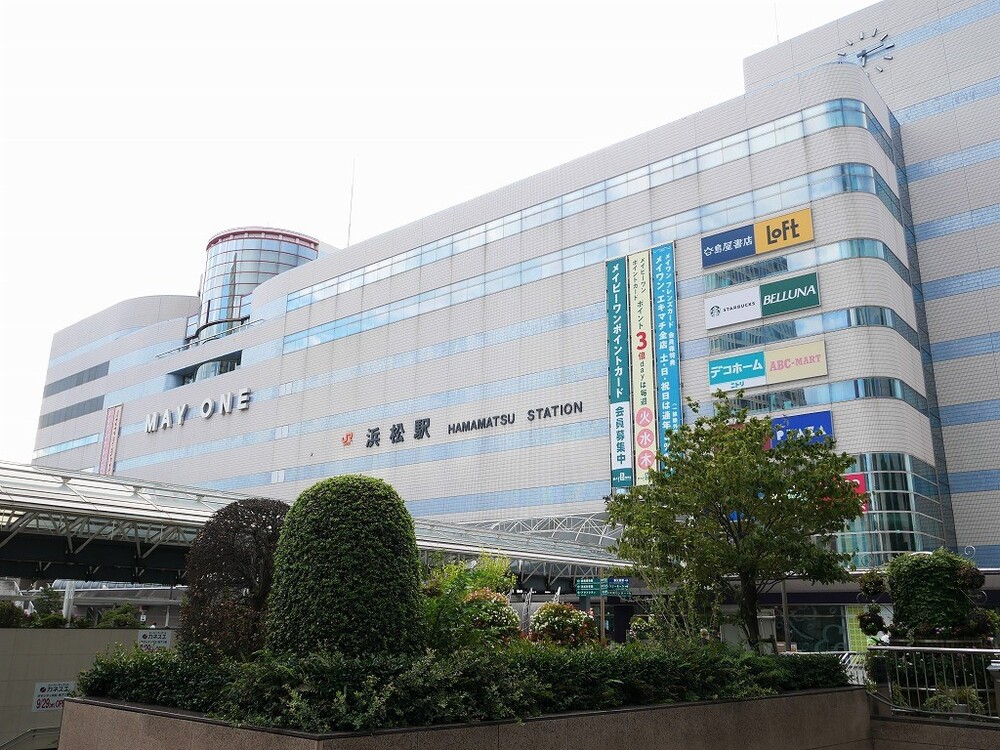Get to Know Hamamatsu
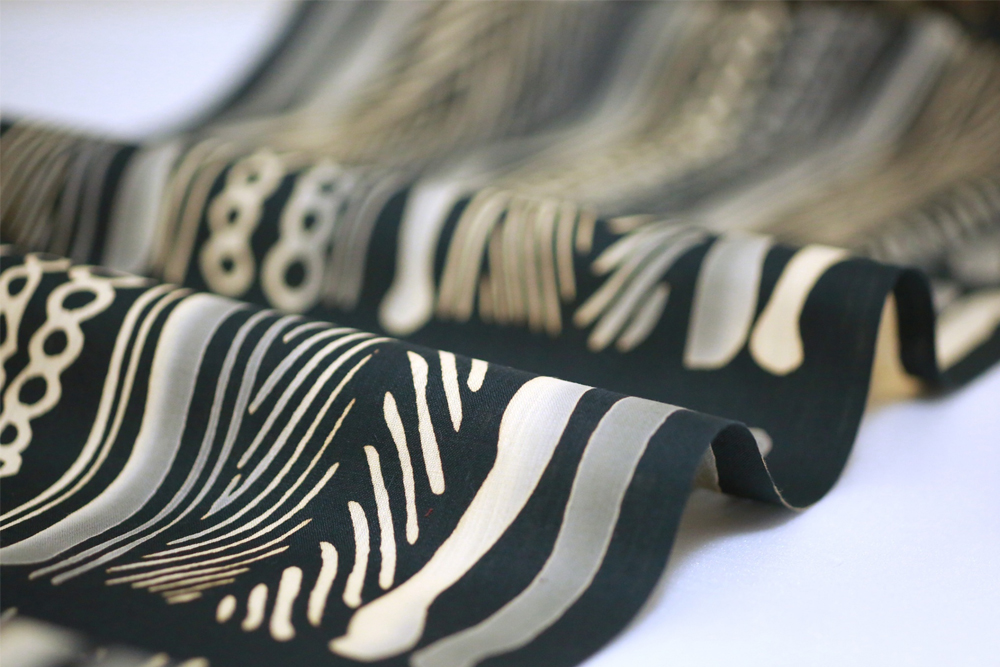
- Enjoy
A new way to enjoy the cool and soft Hamamatsu Chusen Yukata, not just fireworks.
“Is there a fireworks display somewhere today?” I often get asked when I’m wearing a yukata. This is probably because many people have an established image of it as something to wear when going to a fireworks display. They brightly color the Japanese summer, and just seeing them will instantly get you in the summer mood. In fact, yukata is a specialty product that Hamamatsu accounts for about half of the total amount handled, and boasts the highest amount of yukata in Japan.
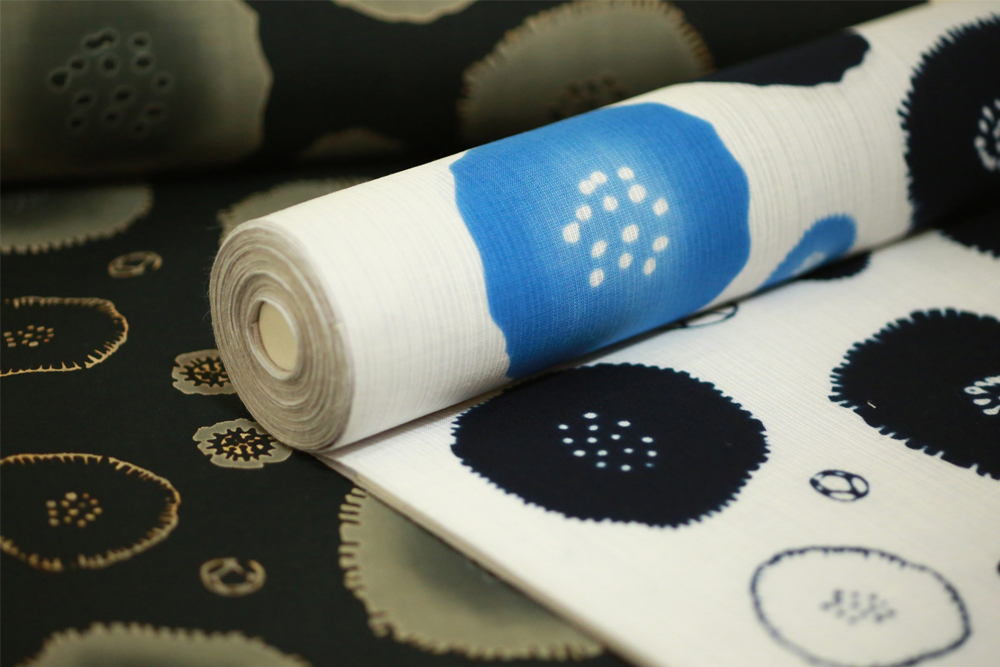
The manufacturer of Hamamatsu-made yukata has begun a “new challenge” in order to preserve the area of production and the skills of its craftsmen. What we will be talking about here is a yukata made using the traditional “Chusen-some” technique. In recent years, it has been introduced more and more in the news, and you may have come across this word more often. Chusen-some is a method of dyeing yukata and tenugui with colored patterns, and it got its name from the fact that the dye is poured over the folded fabric. Using traditional techniques found only in Japan, every step is made by hand by skilled craftsmen.
What we will be talking about here is a yukata made using the traditional “Chusen-some'' technique.
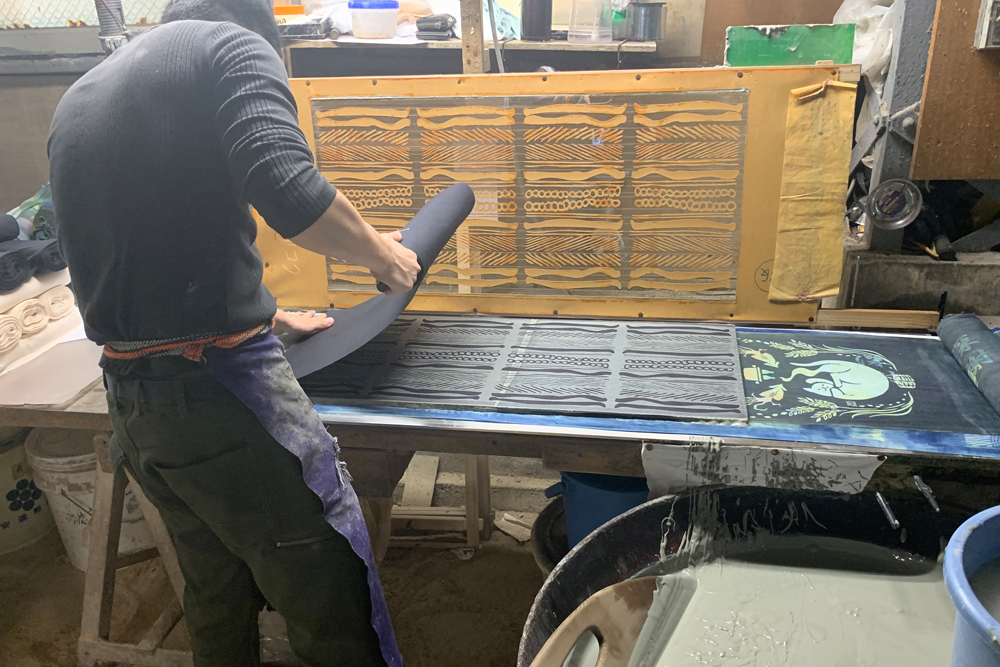
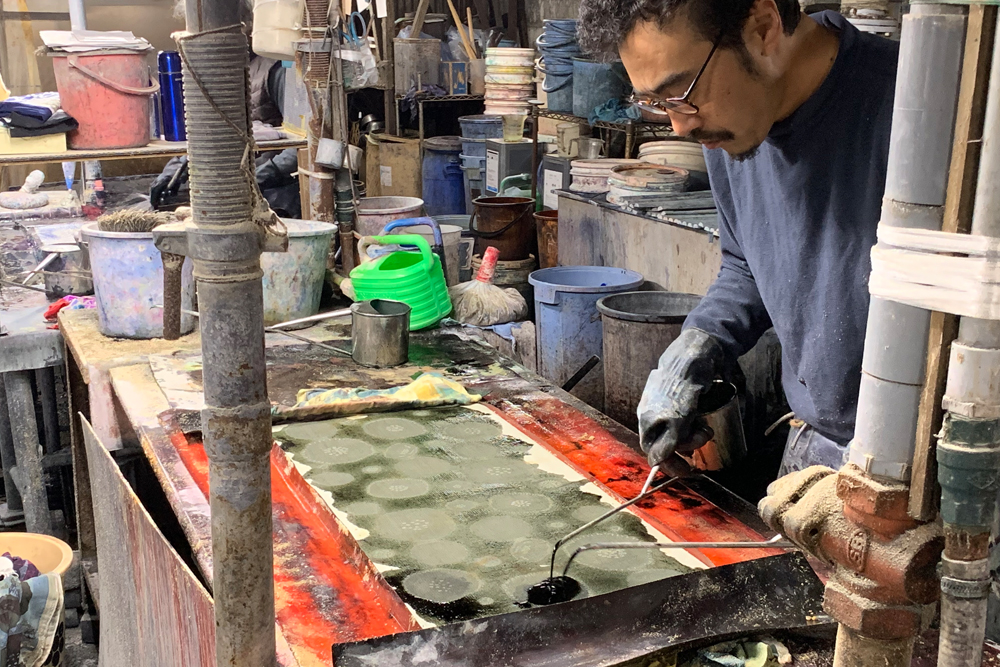
Tokyo, Osaka, and Hamamatsu are famous for producing chusensome. Hamamatsu is one of the three major producing areas for chusen. Although each dyeing method is the same, called chusen, each production area has its own unique characteristics. Hamamatsu’s chusen is said to be characterized by its gorgeous use of multiple colors and the beauty of the blurring of colors.

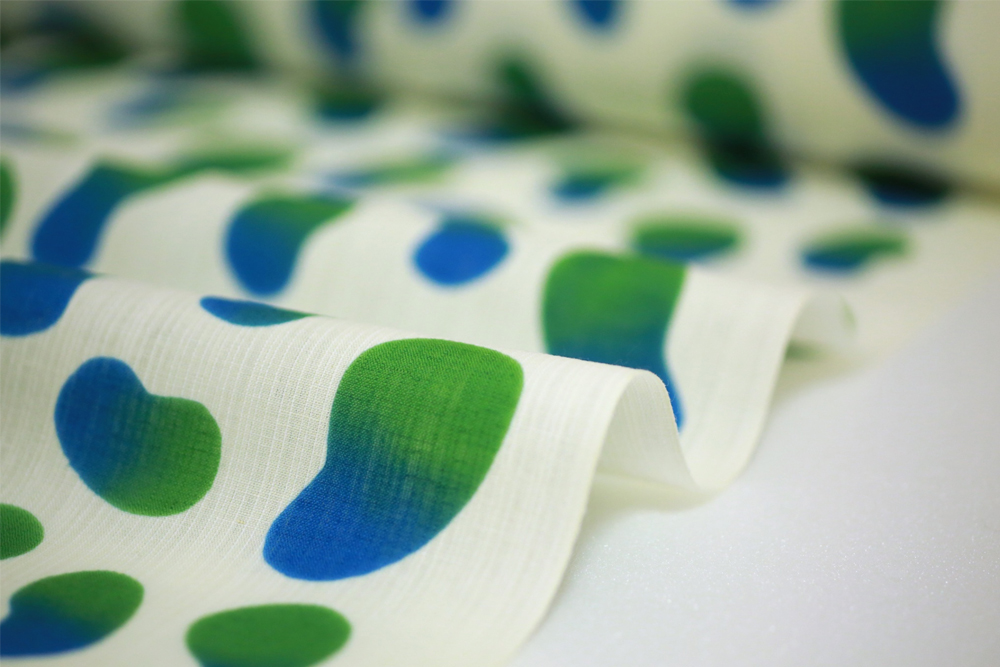
Beautiful blurred Hamamatsu dyed yukata
A craftsman at a dyeing factory said, “There is no color that cannot be produced.” That’s how confident I am in my technique. In fact, many of the popular tenugui brands famous in Tokyo and Kyoto are dyed at Hamamatsu’s chusensome factory.
“Chusensome” is all done by hand, so there is no need to apply unnecessary force to the fabric. As a result, the original texture of the fabric remains, and since the thread itself is dyed for patterning, it remains breathable while remaining soft and gentle to the touch. In addition, the fabric used for Hamamatsu Chusen Yukata is woven in Hamamatsu in pursuit of cooling, lightness, and comfort on the skin. It is truly a yukata made in Hamamatsu.
Once again, I would like to ask everyone what their “image of yukata” is. Many people probably have an image of yukata as something young women wear during fireworks displays and summer festivals. I think that image is such a waste. “Hamamatsu Chusen Yukata’s new challenge” will change this image.
The new Hamamatsu chusensome yukata was created using technology that alleviates the weaknesses of conventional dyeing, which was born from years of research and experience at dyeing factories, the manufacturer’s desire to preserve the production area, and a Hamamatsu man who said, “I want to wear a cool yukata.” Born from our voices. In recent years, an increasing number of men want to wear yukata or kimono. These men were saying, “I want a yukata that’s not safe, but not too sexy.” Until now, when it comes to men’s clothes, most of them have been in solid colors such as black, navy blue, and white.
If anything, she was treated like a foil to women. But in the first place, there is no need to differentiate between “men’s and women’s” and “young and elderly” products. People who like what they like should wear it however they want.
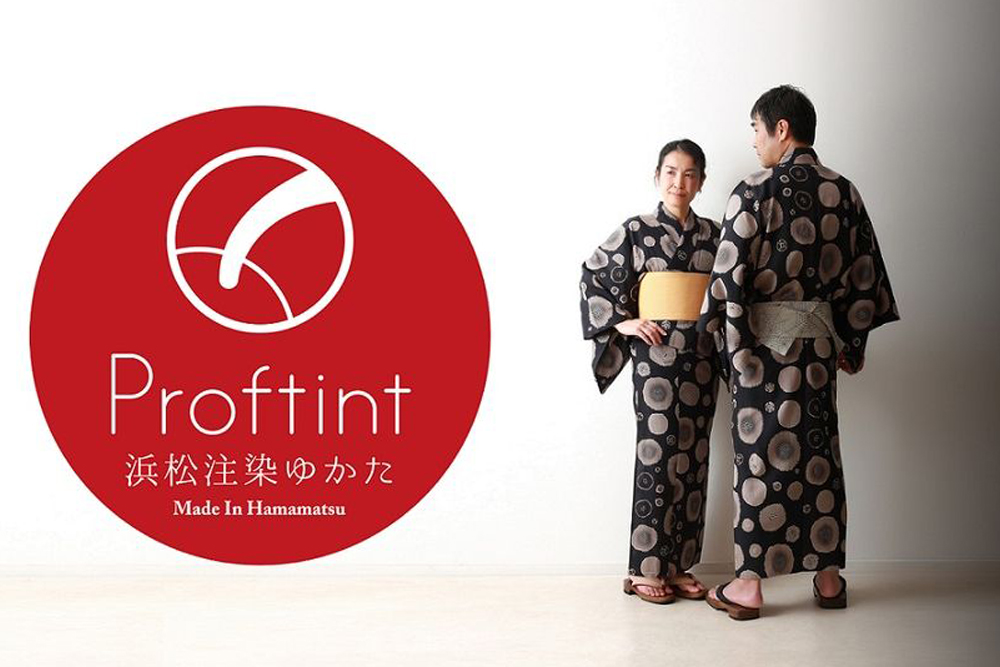
And the new Hamamatsu Chusen Yukata brand is Profint. By changing the distribution method and allowing the yukata manufacturers to sell directly, it is now possible to purchase the fabric in the length you want, whereas previously you could only buy it by the piece (the unit that makes one yukata). Additionally, because Profint’s dyeing has the characteristic of almost no fading or color transfer, its uses have expanded to include obi belts, parasols, clothing, miscellaneous goods, and interior decoration.
In this photo, everyone is wearing a yukata named Murals by Profint. There are many ways to dress, age, gender, and coordination. A yukata that can be enjoyed in this way has been born in Hamamatsu.
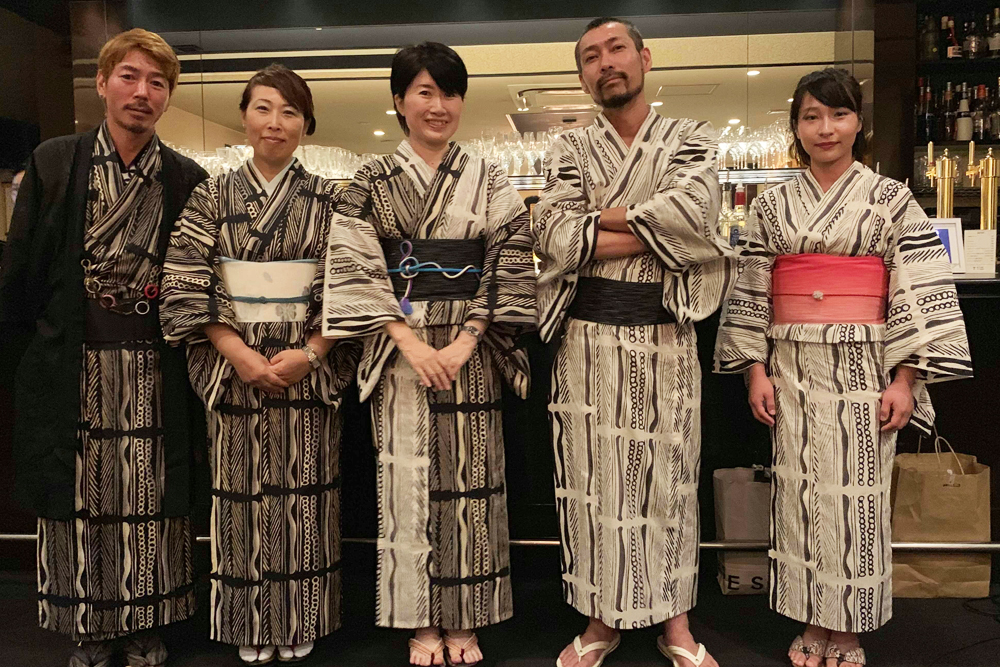
2019 Summer Wearing Murals by Profint
I think the streets of Hamamatsu will become even more chic and glamorous as adults walk around the streets who have discovered the joy of wearing new yukata.
This summer, I would like you to go out in a yukata on a day that is not a fireworks festival.
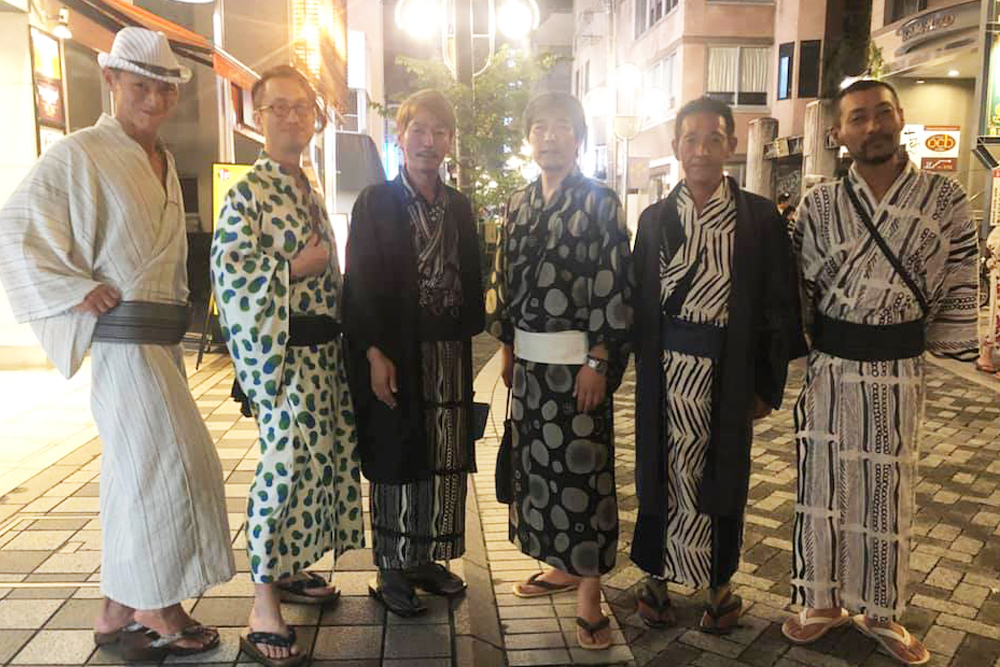
2019 summer
Yukata maker Shirai Shoji Profint
